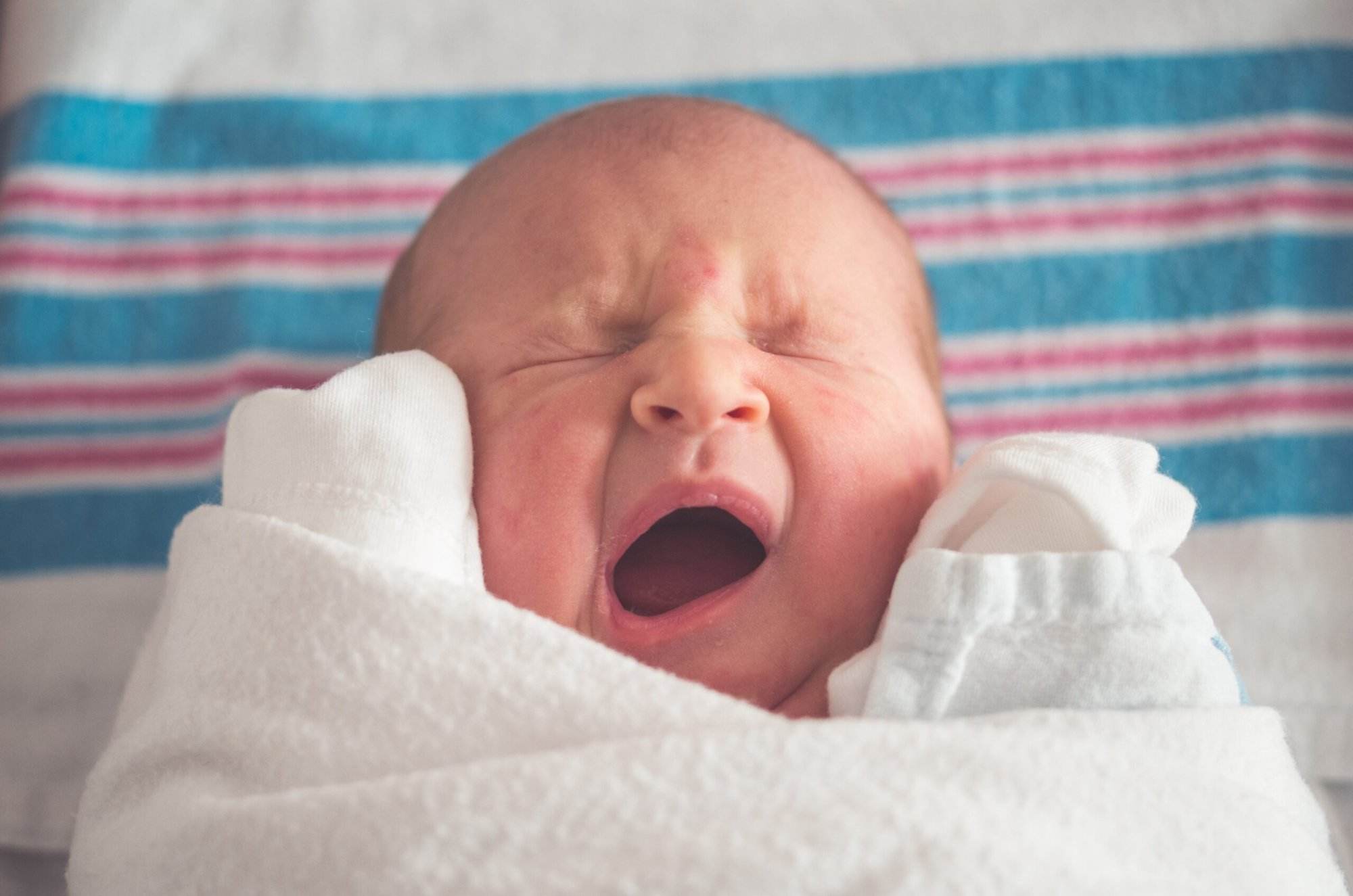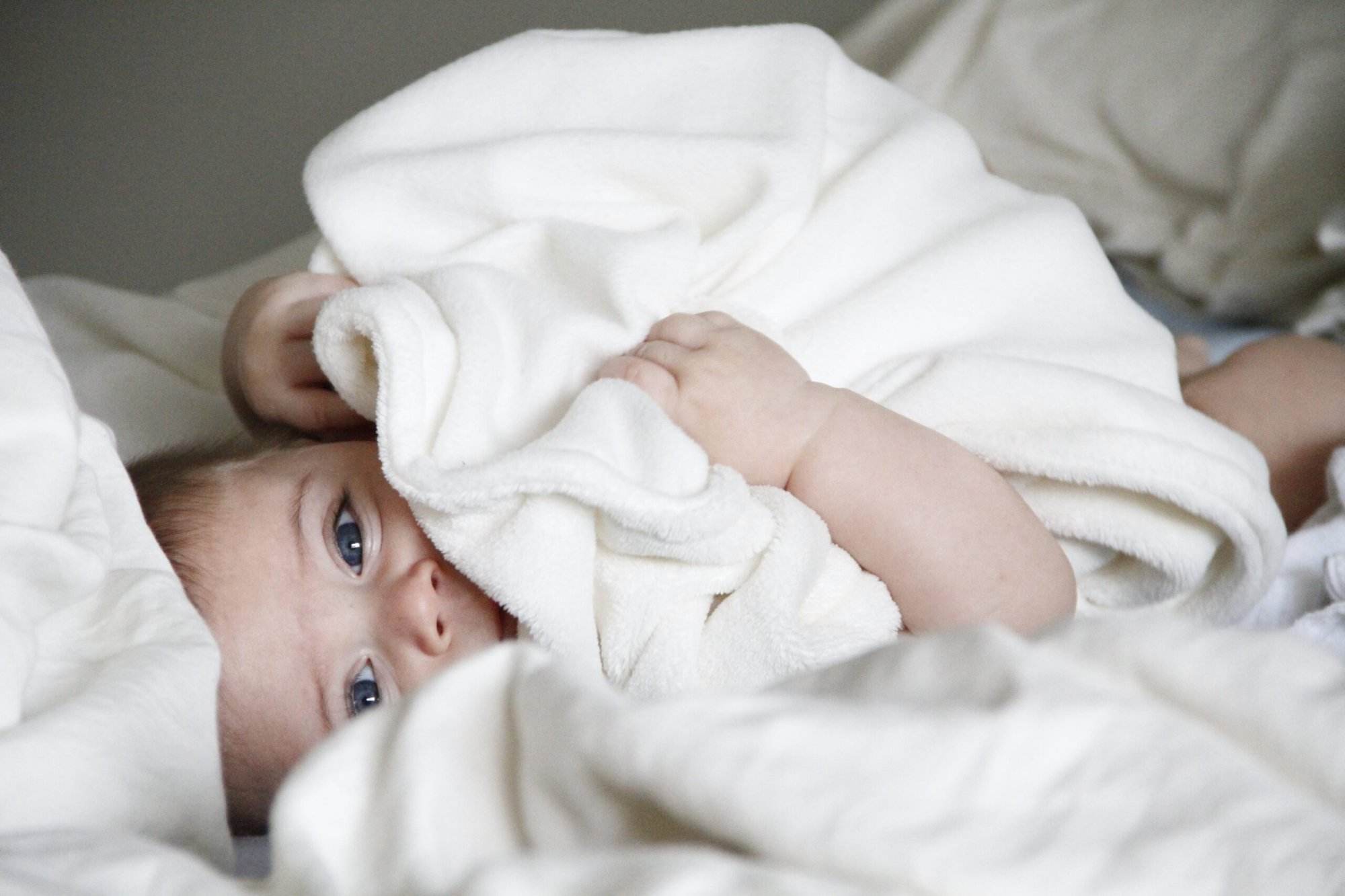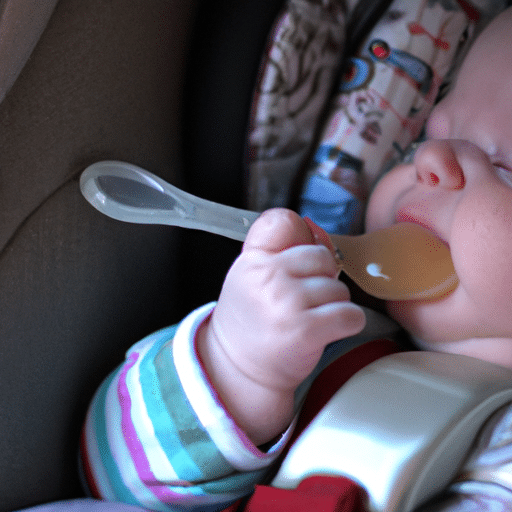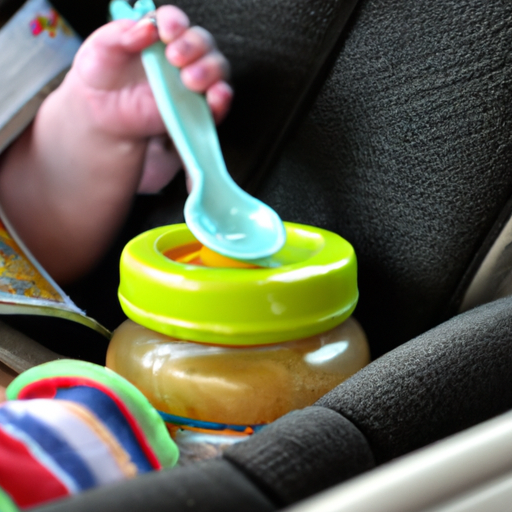If you’ve ever found yourself wondering whether it’s safe to feed your baby while they are in a car seat, you’re not alone. Many parents face this dilemma, especially when managing a busy schedule or long road trips. This article explores the safety considerations and potential risks associated with feeding a baby in a car seat. It aims to provide you with valuable information to make an informed decision for your child’s well-being.
Safety Concerns
Feeding a baby in a car seat can raise some safety concerns that every parent should be aware of. It is important to address these concerns in order to ensure the well-being and safety of your little one.
Positioning and Support
One of the main safety concerns when feeding a baby in a car seat is the positioning and support. Babies need proper support for their head and neck, especially when they are young and their neck muscles are not fully developed. Make sure to provide adequate head and neck support by using appropriate pillows or cushions. This will help prevent any strain or discomfort on your baby’s delicate neck.
Risk of Choking
Another safety concern when feeding a baby in a car seat is the risk of choking. Babies have a tendency to swallow fast, especially when they are hungry or eager to eat. Feeding them in an upright position can help reduce the risk of choking, as it allows food to go down more easily and prevents it from getting stuck in their throat.
Impaired Breathing
Feeding a baby in a car seat can also potentially impair their breathing if not done correctly. It is important to ensure that their airways are not obstructed during feeding. Avoid any positioning that may restrict airflow or cause discomfort for your baby. Always keep a close eye on their breathing and adjust their position accordingly if needed.
Increased Risk of Injury
Feeding a baby in a car seat can increase the risk of injury if proper precautions are not taken. Babies can easily fall or injure themselves if the car seat is not placed on a stable surface. Make sure to always secure the car seat properly and avoid any unstable feeding surfaces.
Distraction for the Driver
Feeding a baby in a car seat can be a distraction for the driver, which can potentially lead to accidents. It is crucial for the driver to maintain their full attention on the road to ensure everyone’s safety. Managing your baby’s needs before getting on the road and creating a safe environment can help minimize distractions.
Recommended Feeding Practices
To ensure the safety of your baby while feeding in a car seat, here are some recommended practices that you should follow:
Proper Positioning
Proper positioning is essential when feeding a baby in a car seat. Make sure to keep your baby in an upright position to avoid any discomfort or choking hazards. Ensure their head and neck are adequately supported to maintain proper alignment and prevent any strain or injury.
Using the Right Equipment
Using the right equipment is crucial for safe feeding in a car seat. Ensure that you have appropriate bottles and nipples that are suitable for your baby’s age and feeding needs. This will help prevent any feeding difficulties and discomfort for your little one. Additionally, burping regularly during feeding can help avoid excessive air swallowing and reduce the risk of discomfort and spitting up.
Taking Breaks
Feeding a baby in a car seat for a prolonged period of time can be tiring and uncomfortable for them. It is important to take breaks during long car rides to allow your baby to rest and stretch. This will help prevent any discomfort and ensure a more enjoyable feeding experience for your little one.
Minimizing Distractions
As mentioned earlier, distractions for the driver can increase the risk of accidents. To minimize distractions, create a calm and quiet environment for your baby during feeding. Keep additional noise and activities to a minimum to allow the driver to fully focus on the road.
Ensuring Baby’s Safety
Ensuring your baby’s safety is of utmost importance when feeding in a car seat. Regularly check the harness to ensure it is properly secured and adjusted to your baby’s size. Also, monitor the temperature in the car to prevent overheating or discomfort. Finally, avoid keeping your baby in the car seat for excessive periods of time, as it can negatively impact their posture and overall well-being.

Positioning and Support
Proper positioning and support are crucial factors when feeding a baby in a car seat. By following these guidelines, you can ensure your baby’s comfort and safety during feeding.
Head and Neck Support
When feeding a baby in a car seat, it is important to provide proper head and neck support. Use suitable pillows or cushions to help support your baby’s head and neck, especially if they are still young and have underdeveloped neck muscles. This will prevent any strain or discomfort on their delicate neck and ensure a more comfortable feeding experience.
Body Alignment
Maintaining proper body alignment is equally important when feeding in a car seat. Avoid any slumping or slouching that may strain your baby’s body. Make sure to align their spine properly and keep their body straight. This will provide a more comfortable feeding position for your baby and prevent any potential discomfort.
Avoiding Slumping
Ensuring that your baby does not slump or slouch during feeding is crucial for their safety. Slumping can potentially obstruct their airways and impair their breathing. Regularly check on your baby’s position and adjust it accordingly to avoid any slumping. Using appropriate pillows or cushions can also help provide additional support and prevent any slumping.
Proper Harness Adjustment
It is important to properly adjust the harness of the car seat to ensure your baby’s safety and support during feeding. The harness should be snug but not too tight, allowing enough space for your baby to move comfortably. Regularly check the harness to ensure it is secure and adjusted to your baby’s size. This will prevent any potential accidents or discomfort during feeding.
Risk of Choking
Feeding a baby in a car seat can increase the risk of choking if not done properly. To minimize this risk, it is important to follow these guidelines and precautions.
Feeding in an Upright Position
Feeding your baby in an upright position can help reduce the risk of choking. When the baby is in a more vertical position, food can move down the esophagus more easily, reducing the chance of it getting stuck in their throat. Avoid reclining positions when feeding in a car seat and ensure that your baby is sitting up straight.
Avoiding Certain Foods
Certain foods pose a higher risk of choking, especially for young babies. It is important to avoid giving your baby any foods that are hard, small, or round in shape. Foods such as grapes, nuts, popcorn, and raw vegetables should be avoided until your baby is older and has developed better chewing and swallowing skills.
Supervision and Attention
Always supervise your baby during feeding in a car seat. Keep a close eye on them to ensure that they are eating safely and without any difficulties. Avoid multitasking or getting distracted while feeding your baby in a car seat to give them your full attention and ensure their safety.

Impaired Breathing
Feeding a baby in a car seat can potentially impair their breathing if not done correctly. To minimize this risk, it is important to consider the following factors.
Airflow Restrictions
Ensure that your baby’s airways are not obstructed during feeding in a car seat. Avoid any positioning that may restrict airflow, such as allowing their head to slump forward or covering their face with a blanket or cloth. Always keep a clear and unobstructed path for their breathing to ensure their comfort and safety.
Positioning to Avoid Obstructions
Proper positioning is essential to prevent any obstructions that may impair your baby’s breathing. Ensure that their nose and mouth are not pressed against any surfaces, and that their head and neck are properly aligned. Regularly check their position to avoid any potential obstructions and ensure optimal breathing during feeding.
Increased Risk of Injury
Feeding a baby in a car seat can potentially increase the risk of injury if proper precautions are not taken. Here are some important factors to consider to ensure your baby’s safety during feeding in a car seat.
Unstable Feeding Surface
Feeding your baby in a car seat on an unstable surface increases the risk of falls and injuries. Always ensure that the car seat is placed on a stable surface, such as a flat and level ground. Avoid placing the car seat on elevated surfaces or slippery surfaces that may cause it to tip over or slide.
Potential for Falls
Babies can easily fall from a car seat if it is not secured properly. To prevent falls, make sure to secure the car seat tightly and according to the manufacturer’s instructions. Double-check the seat’s stability before starting the feeding process to ensure that your baby will not be at risk of falling.
Securing the Car Seat Properly
Properly securing the car seat is essential for your baby’s safety during feeding. Follow the manufacturer’s instructions carefully and ensure that the seat is installed correctly in your vehicle. Ensure that the seat is tightly secured and that the harness is properly adjusted to your baby’s size. Regularly check the seat’s stability and make any necessary adjustments to keep your baby safe.

Distraction for the Driver
Feeding a baby in a car seat can be distracting for the driver, potentially leading to accidents. To ensure everyone’s safety, it is important to consider the following factors.
Driver’s Full Attention
The driver should always maintain their full attention on the road to prevent accidents. Avoid engaging in any activities that may distract you, such as feeding your baby while driving. It is important to prioritize everyone’s safety and ensure that the driver is fully focused on their primary task – driving safely.
Managing Baby’s Needs
To minimize distractions while driving, make sure to manage your baby’s needs before getting on the road. Feed your baby in a safe environment before starting your journey, ensuring that they are comfortable and satisfied. This will reduce the likelihood of needing to feed them while driving and minimize distractions.
Creating a Safe Environment
Creating a safe environment in the car is essential to prevent distractions and ensure everyone’s safety. Make sure that your baby is secured in their car seat properly and that the car seat is installed correctly. Keep additional noise and activities to a minimum to create a calm and distraction-free environment for both your baby and the driver.
Proper Positioning
Proper positioning is key to ensuring a safe and comfortable feeding experience for your baby in a car seat. Consider the following guidelines when positioning your baby.
Upright Position
Feeding your baby in an upright position is important for their safety and comfort. This position helps promote better swallowing and digestion, as well as reduces the risk of choking. Keep your baby’s back straight and avoid reclining positions to ensure proper positioning during feeding.
Secure Attachment
Ensure that your baby is securely attached to the car seat during feeding. Make sure their harness is properly adjusted and snug, but not too tight. This will prevent any potential accidents or discomfort during the feeding process. Always double-check the harness before starting the feeding to ensure a secure attachment.
Avoiding Reclining Positions
Reclining positions should be avoided when feeding a baby in a car seat. Reclining can potentially obstruct their airways and increase the risk of choking. Opt for an upright position to maintain the correct alignment of their body and promote better breathing and swallowing.

Using the Right Equipment
Using the right equipment is essential when feeding a baby in a car seat. Consider the following factors to ensure a safe and comfortable feeding experience.
Appropriate Bottles and Nipples
Choosing appropriate bottles and nipples is crucial for safe feeding in a car seat. Select bottles and nipples that are suitable for your baby’s age and feeding needs. Make sure the flow of the nipple is appropriate for your baby’s feeding pace to prevent any discomfort or choking. Regularly check the condition of the bottle and nipple, and replace them if needed.
Burping and Swallowing
Burping your baby during feeding is important to prevent excessive air swallowing and reduce the risk of discomfort and spitting up. Take breaks during feeding to burp your baby, allowing any trapped air to escape. This will help prevent any discomfort and promote better swallowing.
Avoiding Overfeeding
Overfeeding can lead to discomfort and even vomiting for your baby. Stick to appropriate portion sizes and ensure that you are feeding your baby according to their age and specific needs. Overfeeding can increase the risk of choking and other digestive issues, so be mindful of your baby’s cues and feed them accordingly.
Ensuring Baby’s Safety
Ensuring your baby’s safety is paramount when feeding in a car seat. Consider the following precautions to keep your little one safe.
Regularly Checking Harness
Regularly check the harness of the car seat to ensure it is properly secured and adjusted to your baby’s size. The harness should be snug but not too tight, allowing enough space for your baby to move comfortably. Make any necessary adjustments to the harness to ensure a secure fit, preventing any potential accidents or discomfort during feeding.
Monitoring Temperature
Temperature is an important factor to consider when feeding a baby in a car seat. Make sure that the car is at a comfortable temperature, not too hot or too cold. Excessive heat or cold can make your baby uncomfortable and irritable during feeding. Be mindful of the temperature and make any adjustments necessary to ensure your baby’s comfort and safety.
Avoiding Excessive Time in the Car Seat
Avoid keeping your baby in the car seat for excessive periods of time, whether it is for feeding or during car trips. Prolonged periods in a car seat can negatively impact your baby’s posture and hinder their development. Take breaks during long car rides to allow your baby to stretch and move freely. This will promote their comfort, well-being, and overall safety.
In conclusion, feeding a baby in a car seat can be done safely by following recommended practices and taking necessary precautions. Proper positioning, using the right equipment, ensuring your baby’s safety, and minimizing distractions are all key factors to consider. By prioritizing your baby’s well-being and following these guidelines, you can provide a safe and comfortable feeding experience for your little one in a car seat.






